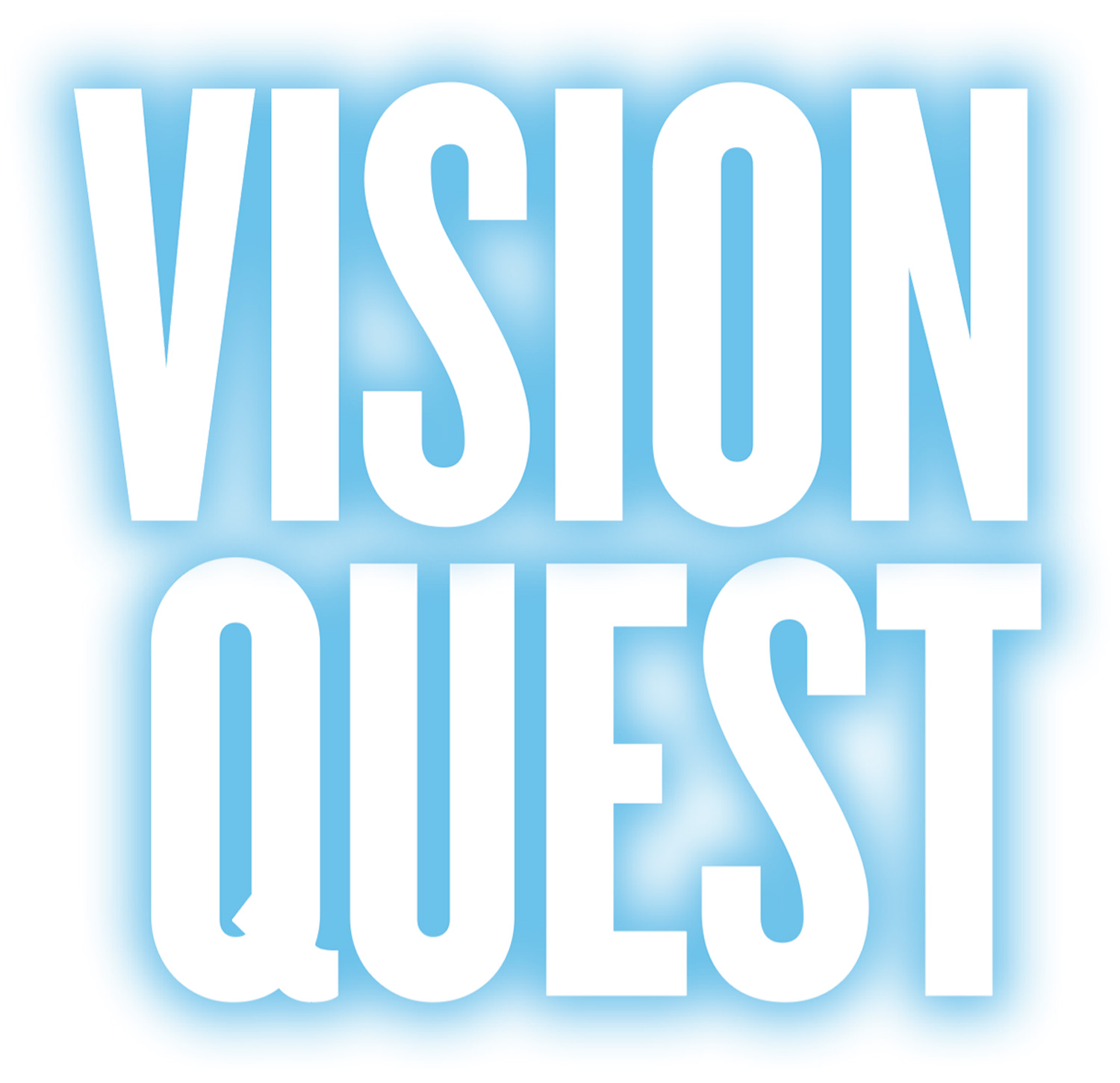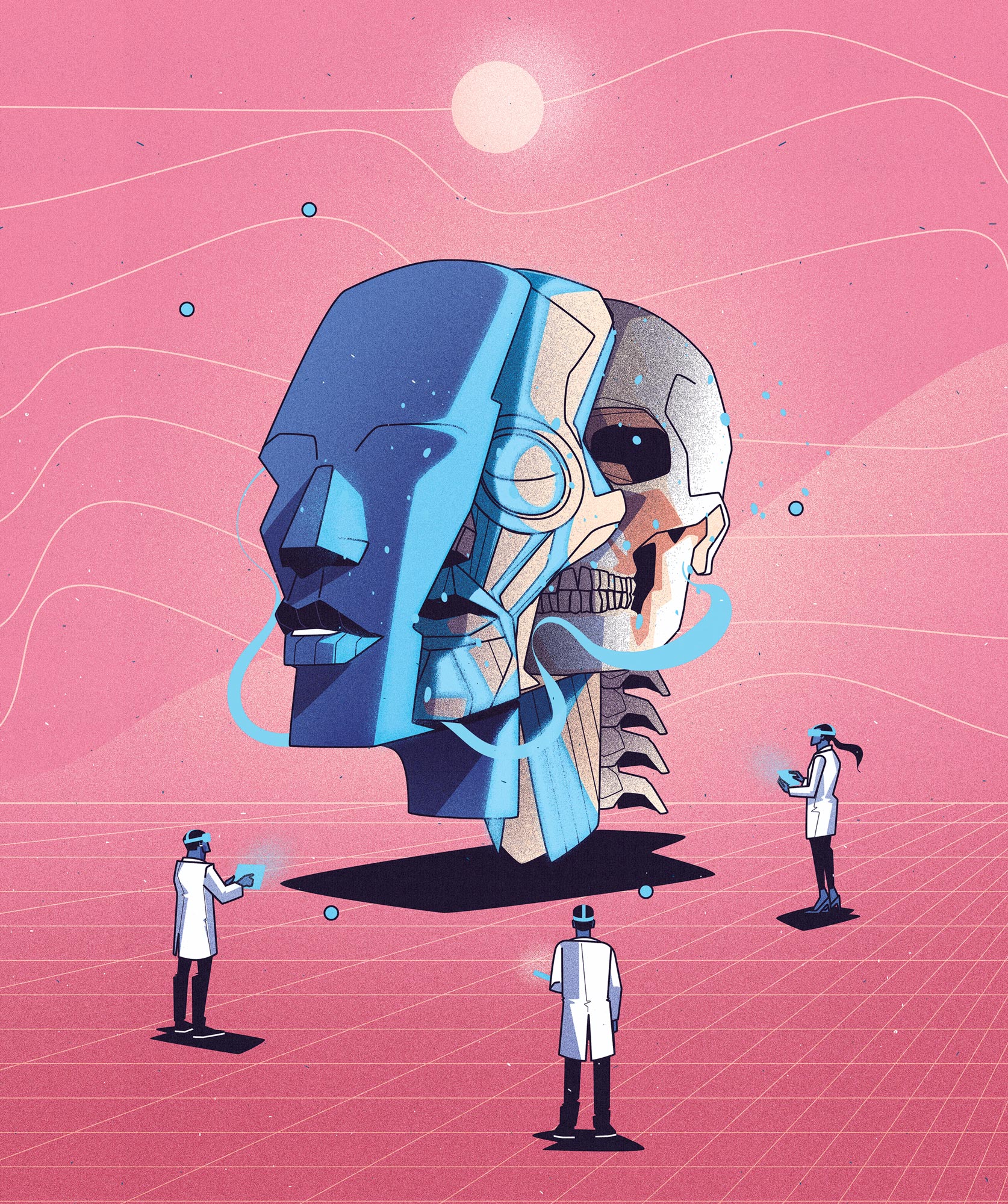Vision Quest

by Dana Mackenzie ’79

denis Freitas

“We believe that new technology will fundamentally transform the nature of medicine,” says Alexander, CEO of a startup called Hoth Intelligence.
And some investors with deep pockets are betting on them to succeed. At this year’s Rice Business Plan Competition, billed as “the world’s largest and richest intercollegiate student startup competition,” Hoth Intelligence took second place and walked away with investments totaling more than $300,000.
At Swarthmore, Alexander was an astrophysics major but could have minored in entrepreneurship, if such a thing existed at the College.
“I see him as a big-ideas guy,” says Jennifer Magee, senior associate director of the Lang Center for Civic and Social Responsibility. “The thread that runs through his story is great care and compassion: How can I bring my know-how to help others?”
When Alexander went to Haiti on a Lang Opportunity Scholarship, he wanted to help develop a program for mass-casualty preparedness at a hospital in Port-au-Prince. But on a voluntary basis, he collaborated with Cohen on a project they called See-It, to make eyeglass frames out of recycled plastic.
Alexander passed along the design to Fatima Boozarjomehri ’17, also a Lang Scholar, who was looking for a way to provide glasses to Afghan refugee children in Iran who could not otherwise afford them.
Alexander and Cohen bonded over their entrepreneurial experience. They also both loved jazz (Alexander plays guitar, Cohen plays piano), and both played on the Swarthmore lacrosse team.
But after graduation, Alexander enrolled in an M.D./Ph.D., program at Thomas Jefferson University in Philadelphia, while Cohen chose to study for his M.D. and Ph.D. at University of Pittsburgh.
“Tyler called me and said he had something I might be interested in,” says Cohen. That “something” was an augmented-reality headset and handset that will overlay a three-dimensional model of a patient’s interior anatomy onto a live image of that patient. The software computes the 3-D model from previously taken CT or MRI scans and uses machine-learning techniques to align it with the current view of the patient’s body.
“We want to not only solve a problem, but make a product that people will want to use.”
—Tyler Alexander ’17, CEO of Hoth Intelligence
These misses have important and relevant implications — not only for a person’s life (which matters most to a physician and to the patient) but also on cost, time, and resources. The reason doctors can miss is that they are trying to find a structure deep inside the head with only surface anatomical features to guide them.
That’s the solution that Alexander and Cohen are working toward.
Of course, Hoth Intelligence has competitors, but a team that designed eyewear from recycled plastic may have a leg up, including being very good at doing more with less.
“Number one, our competitors require a lot of heavy and expensive hardware, which can be as big as an SUV,” Alexander says. “In addition, we’re much faster. Some competitors take 20 minutes to set up, and we can do it in 10 seconds.” Finally, he says, their system is extremely intuitive: “We want to not only solve a problem, but make a product that people will want to use.” The 2022 Rice Business Plan Competition was a huge step forward.
“We were ecstatic just to get in,” says Cohen. (Only 42 out of more than 400 applicants were accepted to go to Houston.) In the first stage, the contestants were judged by a small group of 40 to 50 investors. In the final stage, which only seven teams reached, “you’re pitching to a room full of 2,000 people,” Cohen says.
Coming in second “puts us on the map at a different level, and puts us in touch with potential investors and colleagues,” Cohen says.
Their next steps are to continue to expand and to work toward FDA approval of their technology.
As a Swarthmore senior, in his final report for the Lang Opportunity Scholarship, Alexander wrote, “In order to turn an idea into something, one must start with the ‘why,’ and have other people who share this ‘why.’” He learned this philosophy from Simon Sinek, a motivational speaker who wrote a book called Start with Why.
Alexander and Cohen apply the same philosophy today.
“You have to do it when recruiting new team members,” Cohen says. “You can’t sell them on the amount of money you’ll pay them to work with you. You have to sell them on the vision: that the work we’re doing is going to save lives. That’s how you screen them. Smart people gravitate to challenging problems.”